Results 10,701 to 10,710 of 12094
Thread: Anandtech News
-
08-06-20, 09:53 AM #10701
Anandtech: GIGABYTE Updates 4-GPU 2U G242 Server with Rome and PCIe4 for Ampere
As we wait for the big server juggernaut to support PCIe 4.0, a number of OEMs are busy creating AMD EPYC versions to fill that demand for high-speed connectivity. To date there have been two main drivers for PCIe 4.0: high-bandwidth flash storage servers, and high performance CPU-to-GPU acceleration, as seen with the DGX A100. As the new Ampere GPUs roll out in PCIe form, OEMs are set to update their portfolio with new PCIe 4.0-enabled GPU compute servers, including GIGABYTE, with the new G242-Z11.
One of the key elements to a GPU server is enabling airflow through the chassis to provide sufficient cooling for as many 300W accelerators as can fit, not to mention the CPU side of the equation and any additional networking that is required. GIGABYTE has had some good success with its multi-GPU server offerings, and so naturally updating its PCIe 3.0 platform to Rome with PCIe 4.0 was the next step.
The G242-Z11 is a 2U rackmount server that supports four PCIe 4.0 cards with a full x16 link to each. That includes the new A100 Ampere GPUs, as well as AMD MI50 GPUs and networking cards. The system supports any AMD Rome EPYC processor, even the 280W 7H12 built for high-performance tasks, and also has support for up to 2 TB of DDR4-3200 across eight channels with the MZ12-HD3 motherboard.
With these sorts of builds, it is often the periphery that helps assist integration into current infrastructure, and on top of the four PCIe 4.0 accelerators, the G242-Z11 supports two low profile half-length cards and one OCP 3.0 mezzanine card for other features, such as networking. The G242-Z11 also has support for four 3.5-inch SATA pays at the front, and two NVMe/SATA SSD bays in the rear. Power comes from dual 1600W 80 PLUS Platinum power supplies. Remote management is controlled through the AMI MegaRAC SP-X solution, which includes GIGABYTE proprietary server remote management software platform.
The new G242-Z11 will be available from September. Interested parties should contact their local GIGABYTE rep for pricing information.
Source: GIGABYTE
Related Reading- GIGABYTE’s 4U 10x NVIDIA A100 New G492 Servers Announced
- GIGABYTE Launches R161-Series Overclocking Servers: 1U, Core X, Liquid Cooling
- GIGABYTE Launches Two 4U NVIDIA Tesla GPU Servers: High Density for Deep Learning
- GIGABYTE's G190-G30: a 1U Server with Four Volta and NVLink
- GIGABYTE Server Shows Two-Phase Immersion Liquid Cooling on a 2U GPU G250-S88 using 3M Novec
Gallery: GIGABYTE Updates 4-GPU 2U G242 Server with Rome and PCIe4 for Ampere




More...
-
08-06-20, 09:53 AM #10702
Anandtech: MediaTek Announces T700 5G Modem Powering Intel PCs Successfully Certified
Last year, Intel and MediaTek had announced a partnership with the goal of developing a 5G modem that would be used in future next-generation PC platforms. The move followed Intel's sale of their own cellular modem divison to Apple for $1B.
Today, MediaTek and Intel are announcing the name of the modem, the MediaTek T700 modem, and that the product has passed important milestones in development, having finished the hardware design phase and having been sucessfully certified and tested in real-world 5G SA (Standalone) network calls.
It's also been announced that Intel is advancing with platform system integration on their part, and readying co-engineering resources and support for OEM partners in order to develop end-products with the Intel and MediaTek platforms.
“Our partnership with Intel is a natural extension of our growing 5G mobile business, and is an incredible market opportunity for MediaTek to move into the PC market,” said MediaTek President Joe Chen. “With Intel’s deep expertise in the PC space and our groundbreaking 5G modem technology, we will redefine the laptop experience and bring consumers the best 5G experiences.”The MediaTek's T700 modem supports sub-6GHz NSA and SA networks, with future generations planned with mmWave connectivity.
“A successful partnership is measured by execution, and we’re excited to see the rapid progress we are making with MediaTek on our 5G modem solution with customer sampling starting later this quarter. Building on our 4G/LTE leadership in PCs, 5G is poised to further transform the way we connect, compute and communicate. Intel is committed to enhancing those capabilities on the world’s best PCs,” said Chris Walker, Intel corporate vice president and general manager of Mobile Client Platforms.
The two companies re-iterate their goal of shipping the first laptops with the 5G modem solutions in early 2021.
Related Reading:- Intel and MediaTek Announce Partnership To Bring 5G Modems to PCs
- Intel Exits 5G Smartphone Modem Market; Other Client Modem Businesses to Be Reviewed
- Apple to Buy Bulk of Intel’s Smartphone Modem Business For $1 Billion
More...
-
08-06-20, 03:50 PM #10703
Anandtech: The Next Step in SSD Evolution: NVMe Zoned Namespaces Explained
In June we saw an update to the NVMe standard. The update defines a software interface to assist in actually reading and writing to the drives in a way to which SSDs and NAND flash actually works.
More...
-
08-06-20, 10:44 PM #10704
Anandtech: Intel Suffers Apparent Data Breach, 20GB of IP and Documents Leaked on to
Intel today became the apparent victim of a massive internal data breach, as roughly 20 GB of various Intel documents and tools have begun showing up in a data cache uploaded to the wider internet. With materials seemingly spanning over a decade, the breach reportedly includes everything from Intel presentation templates to BIOS code and debugging tools, and would represent one of the biggest intellectual property leaks from a chipmaker in years.
Released by Till Kottmann, a Swiss software engineer and open security advocate, Kottmann has stated that this is the first of several planned Intel IP releases, calling this first release the “Intel exconfidential Lake Platform Release”. According to tweets posted by Kottmann, he received the material from an anonymous source who breached Intel earlier this year. Meanwhile, ZDNet reports that Kottmann is a regular figure in IP leaks, and has published a number of other tech company leaks before.
Responding to this leak, Intel this afternoon has issued a brief statement to the press acknowledging the leak, and stating that they believe it came form the Intel Resource and Design Center, a secure Intel repository for third party partners to access various confidential documents and schematics.
We are investigating this situation. The information appears to come from the Intel Resource and Design Center, which hosts information for use by our customers, partners and other external parties who have registered for access. We believe an individual with access downloaded and shared this data.While AnandTech has not validated the contents of the data cache, I’ve heard from one source who has seen it that there are signed NDA documents in there mentioning an Intel partner. So while Intel may be right about the source of the data, the actual breach may have occurred with a partner rather than the actual Intel repository, or in concert with a breach of Intel’s repository.
Overall, Kottmann claims that the leak has a wide collection of various Intel confidential and NDA’d documents and tools, including:
- Intel ME Bringup guides + (flash) tooling + samples for various platforms
- Kabylake (Purley Platform) BIOS Reference Code and Sample Code + Initialization code (some of it as exported git repos with full history)
- Intel CEFDK (Consumer Electronics Firmware Development Kit (Bootloader stuff)) SOURCES
- Silicon / FSP source code packages for various platforms
- Various Intel Development and Debugging Tools
- Simics Simulation for Rocket Lake S and potentially other platforms
- Various roadmaps and other documents
- Binaries for Camera drivers Intel made for SpaceX
- Schematics, Docs, Tools + Firmware for the unreleased Tiger Lake platform
- (very horrible) Kabylake FDK training videos
- Intel Trace Hub + decoder files for various Intel ME versions
- Elkhart Lake Silicon Reference and Platform Sample Code
- Some Verilog stuff for various Xeon Platforms, unsure what it is exactly.
- Debug BIOS/TXE builds for various Platforms
- Bootguard SDK (encrypted zip)
- Intel Snowridge / Snowfish Process Simulator ADK
- Various schematics
- Intel Marketing Material Templates (InDesign)
Thus far, while no one has reported finding anything quite as sensitive as Intel CPU or GPU design schematics – which is consistent with the claim that it originated from Intel's Resource and Design Center. None the less, the material in the leak looks to be quite valuable, and potentially damaging in the long run. Firmware blobs are particularly interesting, as while these would need to be reverse engineered to extract useful information out of them, they could potentially contain significant information that hasn’t otherwise been shared before.
Otherwise, in a bit of situational irony, this leak is likely to cast doubt upon all future Intel leaks. The inclusion of the company’s presentation templates, while not particularly damaging to Intel, would mean that it’s now trivial to generate fake but accurate-looking Intel roadmaps and presentations. These kinds of materials are already regularly faked, but now it’s easier than ever to do so.
Ultimately with no reason to doubt Kottmann’s claims, it would seem that this just the start of a run of leaks for Intel. And while the company will no doubt be doing everything possible to stop the process, whether they have any legal power to do so remains to be seen.
More...
-
08-07-20, 09:49 AM #10705
Anandtech: How to Save $6000 on a 28-core Flagship Intel Xeon: Platinum 8280 vs Gold
In February 2020, Intel launched eighteen new Xeon Scalable second generation processors. These mid-cycle additions to Intel’s product portfolio were designed to bolder up Intel’s server offerings on a very popular and very successful platform, adding in extra cores, extra frequency, or more cache than the previous offerings at roughly the same price. The goal of these ‘performance-oriented’ processors was to address customer requests in offering a more palatable performance-per-dollar offering. One of the new CPUs caught our eye: the Xeon Gold 6258R.
More...
-
08-10-20, 10:47 AM #10706
Anandtech: OPPO's Reno3 5G vs Reno3 Pro vs Reno3 Pro 5G: Why Don't We See More MediaT
Today, we’ll be taking a closer look at one of MediaTek’s Dimensity 1000 powered phones, the OPPO Reno3 5G. The Reno3 series has been quite the oddball device line-up this year, as the company has been selectively releasing quite different variants at a rapid pace in different markets – all with different SoCs and slightly differing device specs. We have three of these units at hand, and are going to be taking a closer look at the performance differences of the SoCs.
More...
-
08-10-20, 04:30 PM #10707
Anandtech: NVIDIA Teases GeForce “Ultimate Countdown” For August 31st: Ampere Inbound
NVIDIA this morning has posted a short teaser to its GeForce brand Twitter feed, announcing what they are calling the “ultimate countdown”. The pinned Tweet contains a short, abstract video, along with the ultimate countdown hashtag.
...#UltimateCountdown pic.twitter.com/f23HcbHUk6Meanwhile and more relevant, the company also updated the banner used in their Twitter profile to reflect their latest marketing campaign, with the additional text of “21 days, 21 years.”
— NVIDIA GeForce (@NVIDIAGeForce) August 10, 2020
Given the countdown theme of NVIDIA’s new campaign, it’s a reasonable bet that NVIDIA is going to be counting down the next 21 days in preparation for the announcement of something new. Which would have that announcement landing on Monday, August 31st. The 31st, in turn, happens to the 21st anniversary of when the original GeForce 256 (SDR) was announced, which would bring the entire ordeal full-circle.
NVIDIA most recently announced their Ampere GPU architecture and first datacenter product based on it – the A100 accelerator – back in May. That in turn has generated a lot of anticipation for the release of consumer parts based on the new architecture. And with NVIDIA’s current-generation Turing parts about to turn two years old, the company is historically due for a GeForce product refresh.
So we can only assume that NVIDIA is gearing up to announce Ampere gaming parts later this month. Otherwise there are going to be a lot of disappointed gamers come August 31st.
More...
-
08-11-20, 07:06 AM #10708
Anandtech: The NZXT C650 650W PSU Review: Designed To Last
Today we are taking a look at NZXT’s latest PSU, the 650 Watt C-series C650. Aimed at advanced PC users and enthusiasts alike, its basic specs initially seem unimpressive; however digging down reveals a very solid and efficient 80 Plus Gold PSU design underneath. Coupled with 10-year warranty, and the C650 has all the makings of a PSU that's designed to last.
More...
-
08-11-20, 04:24 PM #10709
Anandtech: NUVIA Phoenix Targets +40-50% ST Performance Over Zen 2 for Only 33% the P
In November 2019, the company NUVIA broke out of stealth mode. Founded by former senior Apple and Google processor architects, John Bruno, Manu Gulati and Gerard Williams III, the company came crashing out of the gate with quite considerable goals to revamp the server market with an SoC that would provide ‘A step-function increase in compute performance and power efficiency’. Today NUVIA is putting more data behind those goals.
More...
-
08-12-20, 03:15 AM #10710
Anandtech: Samsung Display Announces First VRR Mobile Display - Inside Note20 Ultra
By now we’ve become quite familiar with high refresh-rate displays in the mobile space, as the first pioneering 90Hz devices last year have now evolved into even faster refreshing 120Hz smartphones becoming the standard. Although all these devices provide augmented user experiences by providing extra smooth scrolling and gaming experiences, they all come with notable compromises when it comes to power efficiency and battery life.
Today, Samsung Display is announcing that they are for the first time revealing new generation display panels that allow for variable refresh rate technology, alleviating one of the biggest draw-backs of current generation high-refresh-rate smartphones. The new technology is makings its debut in the new Galaxy Note20 Ultra, which should be available to the public in just two short weeks.
Currently, the biggest issue for devices using a high refresh rate display is the fact that all current implementation still functions at a certain fixed refresh rate no matter what the screen content is, meaning they always stick to either 60, 90 or 120Hz depending on the smartphone.
This year’s smartphones with 120Hz display in particular have seen the effect of drastically increased power draw when operating under this higher refresh-rate. Although these phones offer the ability to switch between different refresh rates, one cannot call these mechanisms variable refresh rate (VRR) displays as they cannot seamlessly and quickly switch between these modes. As such, even when you’re displaying a fixed static screen, the display continues to refresh at 120Hz and incurs a large power draw penalty, which is less than ideal.
Samsung’s new display panel employed in the new Note20 Ultra is actually described as a VRR panel, with Samsung promising new refresh rate modes such as the ability to operate at 120, 60, 30 and 10Hz modes. The latter super-low refresh rates have been to date never been used in smartphones. Samsung describes that the display will now be able to lower itself down to this new 10Hz mode when viewing static content.
"Existing smartphone panels offer only a fixed refresh rate. They cannot automatically calibrate a phone’s refresh rate, which would result in image flickering caused by luminance differences at lower refresh rates. Samsung Display’s new backplane** technology eliminates flickering for operating frequencies as low as 10Hz."Samsung describes the usage of a new backplane technology in order to achieve this – whilst we haven’t had an official response from Samsung to our questions on the matter, there’s been rumours that this is the generation in which the company has introduced LTPO backplane technology, allowing it higher switching performance and lower power consumption.
Another question which remains to be answered is exact details on Samsung’s VRR workings, and whether it is a proper implementation of adaptive sync technology and if it has finer refresh rate granularity in the 10-120Hz beyond just the mentioned 60 and 30Hz examples.
Currently such a VRR implementation would also require a deeper software stack integration into the OS, GPU driver and display driver to fully enable it a seamless operation that would work transparently on any kind of static or low-framerate content – we’ll have to investigate this topic more once Note20 Ultra devices are officially out.
Samsung claims that the new technology should be able to reduce the phone’s display panel power usage by 22% in general use. Furthermore, there’s a statement of it only using 60% of the power of current screens when it is operating in super-low 10Hz mode – although both these figures don’t specify to which baseline they’re being compared to (60 or 120Hz displays?).
Beyond making 120Hz a viable option for daily usage without major battery impact, the new technology should have the potential to improve power efficiency even beyond current 60Hz displays, which hopefully would usher in notably increased battery life in upcoming next-gen devices.
Related Reading:- Samsung Announces Note 20 & Note 20 Ultra: Better S-Pen, New Finishes
- The Samsung Galaxy S20+, S20 Ultra Exynos & Snapdragon Review: Megalomania Devices
- The OnePlus 8, OnePlus 8 Pro Review: Becoming The Flagship
More...
Thread Information
Users Browsing this Thread
There are currently 23 users browsing this thread. (0 members and 23 guests)






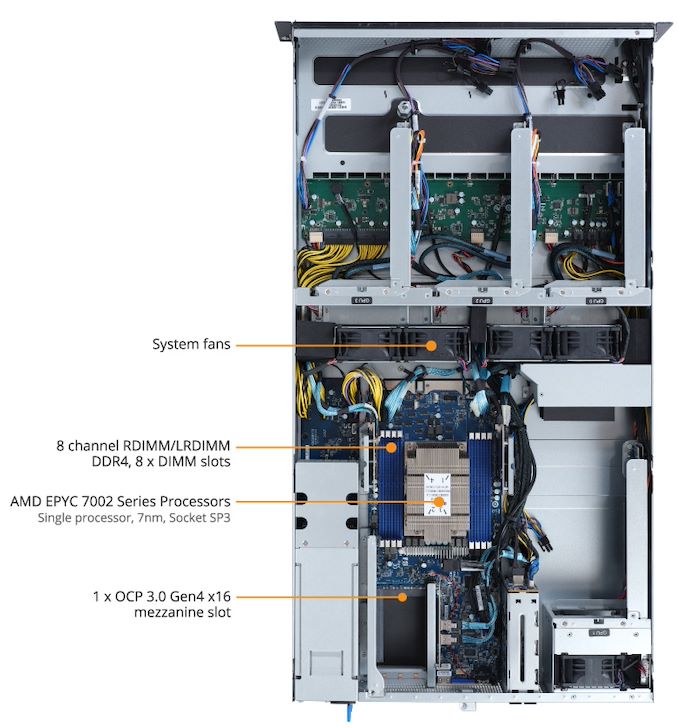

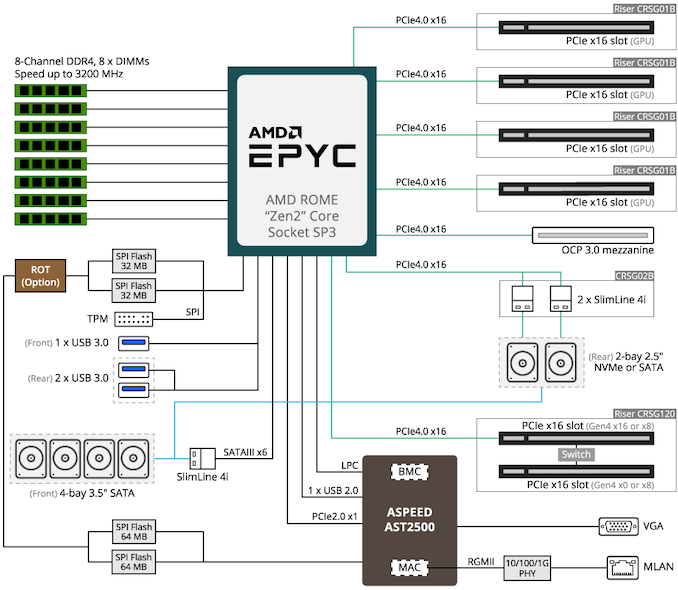

 Quote
Quote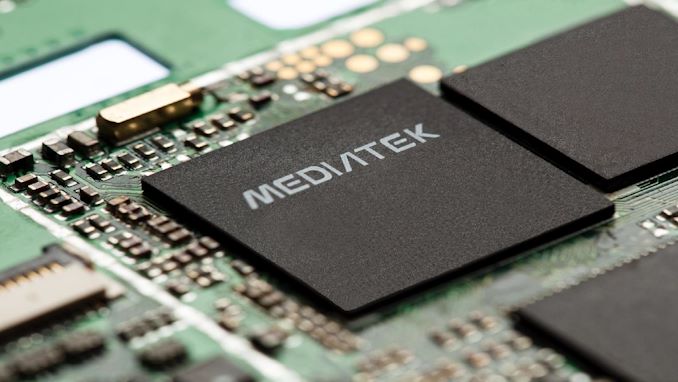
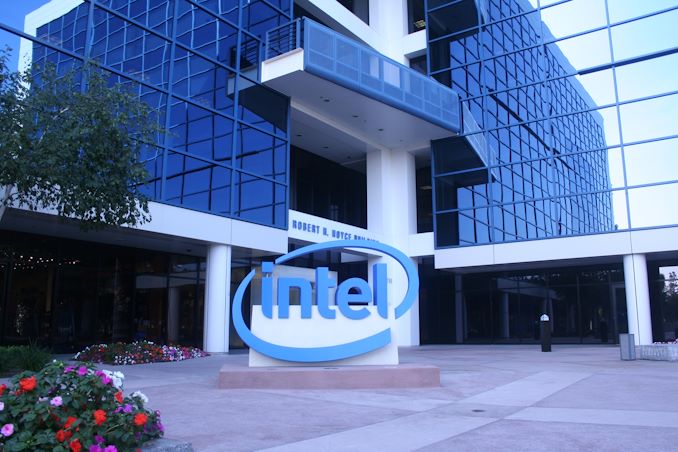


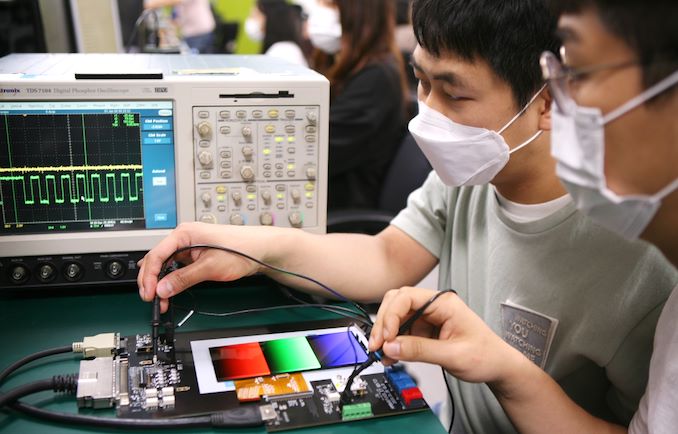
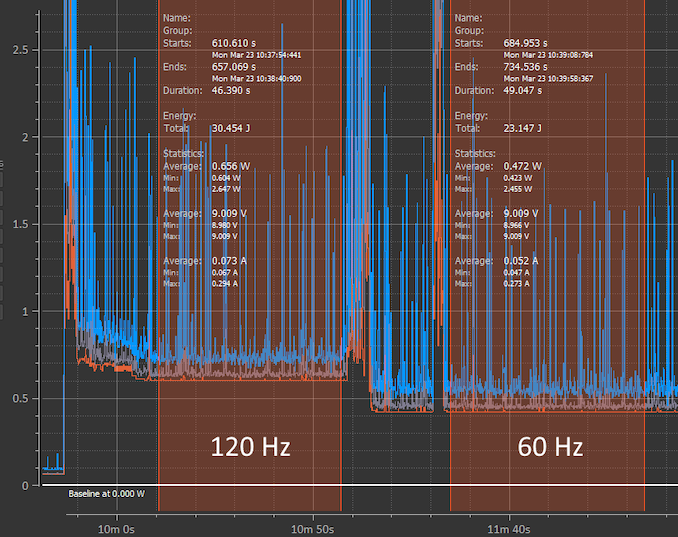
















Bookmarks